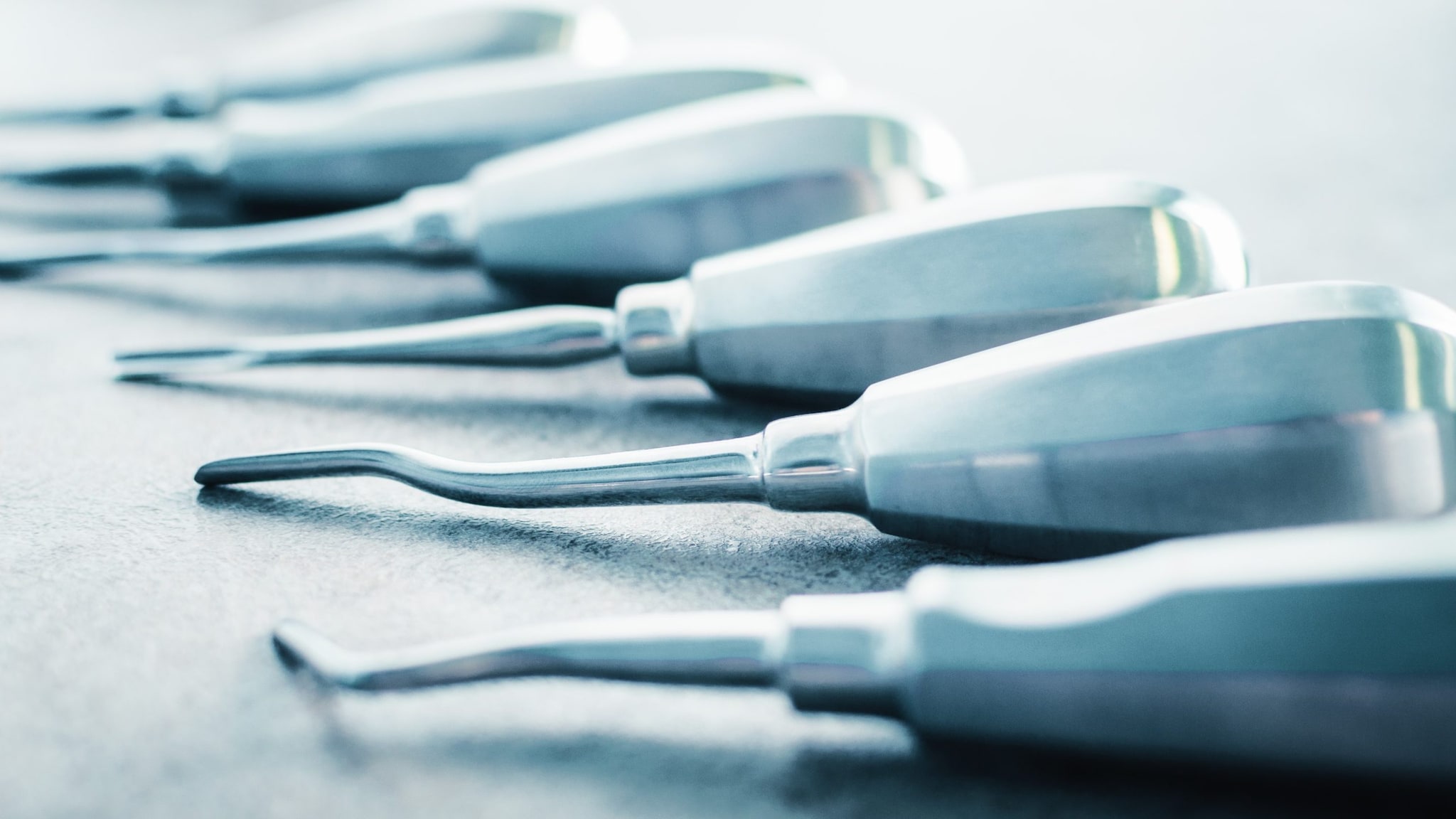Key points
- Extracted teeth are considered regulated medical waste.
- Extracted teeth with amalgam have special disposal and handling requirements.

Why it matters
Extracted teeth may be contaminated with blood or other potentially infectious material. These substances could expose dental health care personnel or patients to bloodborne illnesses like HIV or hepatitis B virus.
Handling extracted teeth
Because of the risk of transmitting disease, extracted teeth that are being discarded are subject to the Occupational Safety and Health Administration (OSHA) Bloodborne Pathogens Standard. They should be discarded in regulated medical waste containers.
Extracted teeth can be returned to patients upon request. Once an extracted tooth is returned to a patient, it is no longer considered a potential risk to dental health care personnel. It also is no longer subject to the provisions of the OSHA Bloodborne Pathogens Standard.
More information on handling extracted teeth can be found on pages 33 and 47 in CDC's Guidelines for Infection Control in Dental Health-Care Settings — 2003.
Teeth Containing Amalgam
Do not place extracted teeth containing amalgam in a medical waste container that uses an incinerator for final disposal (e.g., regular garbage, sharps containers, biohazard or red bags).
As the Environmental Protection Agency notes, if incinerated, mercury may be emitted to the air from the incinerator stacks. This airborne mercury is eventually deposited into water bodies and onto land.
Consult state and local regulations regarding disposal of amalgam. Many metal recycling companies will accept extracted teeth with amalgam. Contact a recycler for their policies and handling instructions.
Extracted teeth in educational settings
Extracted teeth used for preclinical educational training should be:
- Cleaned so there is no visible blood or debris.
- Kept moist in a simple solution such as water or saline, placed in a container with a secure lid to prevent leaking during transport or storage, and labeled with the biohazard symbol until sterilization.
- Heat-sterilized to allow for safe handling.
Teeth that do not contain amalgam are preferred for educational use because they can be safely autoclaved. Extracted teeth containing amalgam should not be heat-sterilized because of the potential health hazard associated with possible mercury vaporization and exposure. Immersion of extracted teeth with amalgam in 10% formalin solution for 2 weeks has been an effective method of disinfecting both the internal and external structures of the teeth.
Formalin is a saturated solution of formaldehyde, a human carcinogen. When using formalin, dental health care personnel should review the manufacturer safety data sheet for occupational health concerns and to ensure compliance with the OSHA Hazard Communication Standard. Review OSHA's fact sheet on Formaldehyde and consult with an occupational health professional to determine the appropriate measures to take when workers may be exposed to formaldehyde.
- Kohn WG, Collins AS, Cleveland JL, et al. Guidelines for infection control in dental health-care settings—2003. MMWR Recomm Rep. 2003; 52(RR-17);1–61.
- Bloodborne Pathogens and Needlestick Prevention. Occupational Safety & Health Administration (OSHA). Accessed February 13, 2024. https://www.osha.gov/bloodborne-pathogens
- Occupational Safety and Health Administration. OSHA FactSheets: Formaldehyde. US Department of Labor. Accessed February 13, 2024. https://www.osha.gov/sites/default/files/publications/formaldehyde-factsheet.pdf.
- Mercury Dental Amalgam. Environmental Protection Agency. February 21, 2023. Accessed December 7, 2023. https://www.epa.gov/mercury/mercury-dental-amalgam
- Dental Amalgam Fillings. US Food and Drug Administration. Accessed February 13, 2024. https://www.fda.gov/medical-devices/dental-devices/dental-amalgam-fillings
- Medical Waste. Centers for Disease Control and Prevention. November 5, 2015. Accessed February 13, 2024. https://www.cdc.gov/infection-control/hcp/environmental-control/regulated-medical-waste.html
